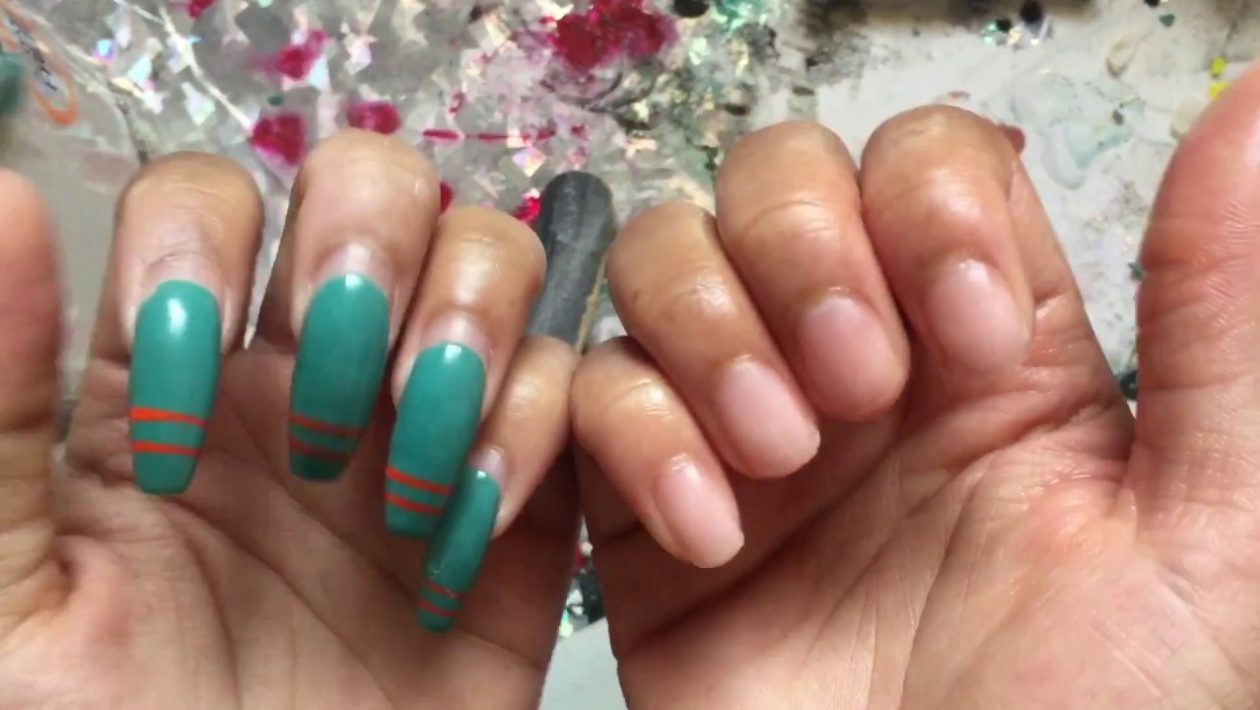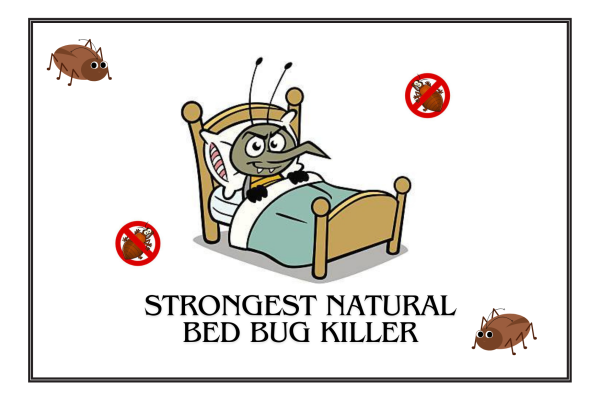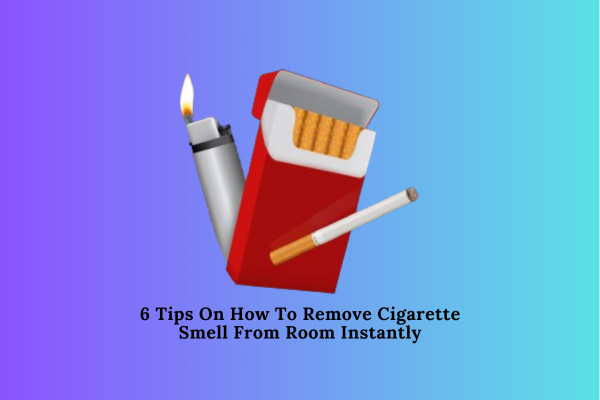Recently, acrylic nails have become the standard in the fashion industry. The reason is that they are the only ones that can make your nails look longer than they are. Makeup, including this, has a shelf life and must be removed at some point. Acrylic nails can seem difficult to take off on your own. The search for the perfect acrylic nail design could be a lot of fun. However, eliminating them is a challenge. Perhaps this is why there are so many guides online on how to get acrylic nails off safely. They can’t be peeled and eaten like an apple. Visiting a professional nail tech is your safest bet. But not everyone has the luxury of regularly visiting a salon. Therefore, it is beneficial to explore how to get acrylic nails off on yourself.
Table of Contents
How to get acrylic nails off?
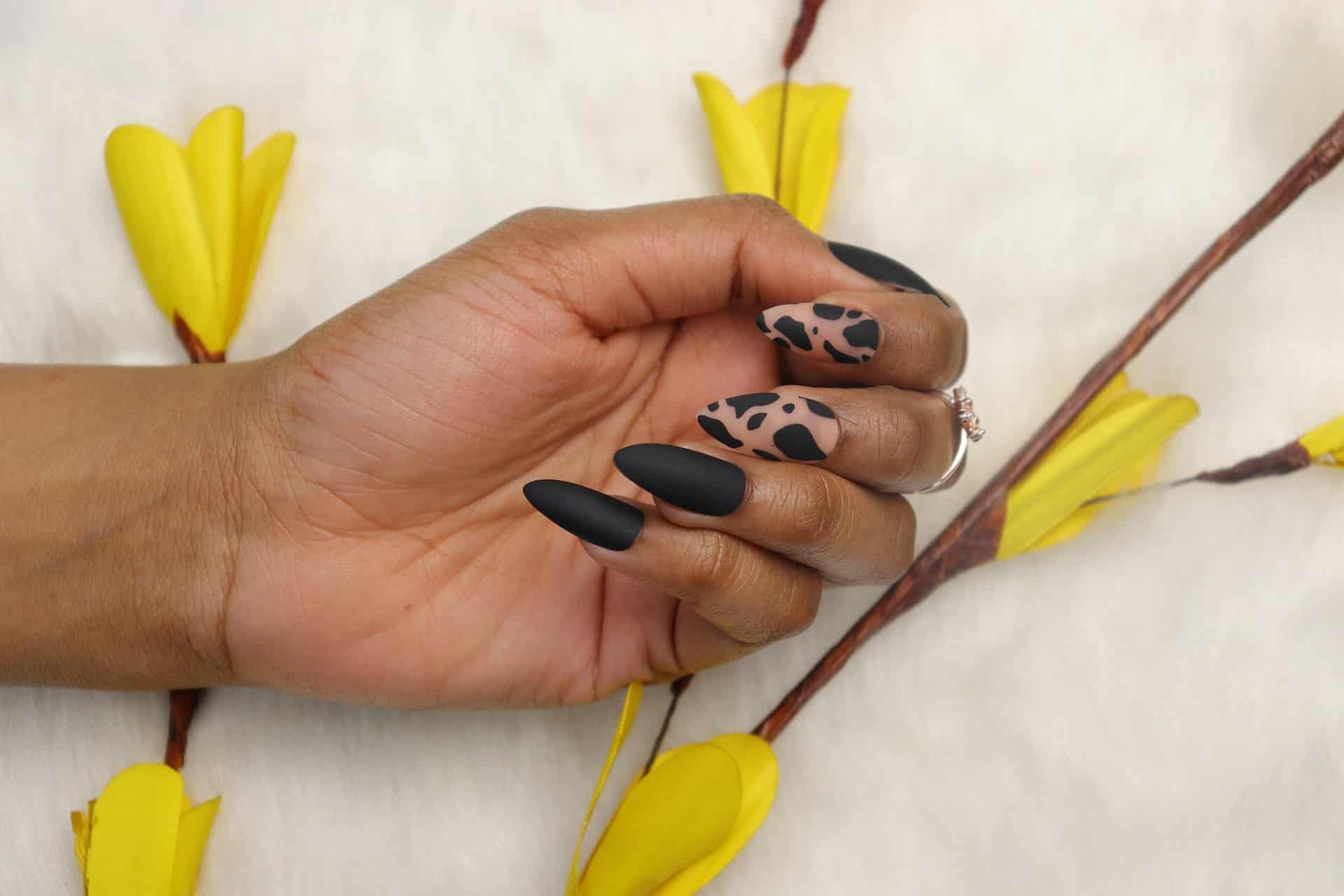
It is possible to remove artificial nails at home without damaging the nails or the surfaces of the nails. It will take you at least an hour, and possibly two, to remove acrylic nails effectively and gently. Because of the time commitment involved in these techniques, resist the urge to hurry and risk damaging your fingernails. When you’re ready to give your nails another go, you’ll have a better foundation to work with. Let’s understand how to get acrylic nails off.
Cutting and polishing
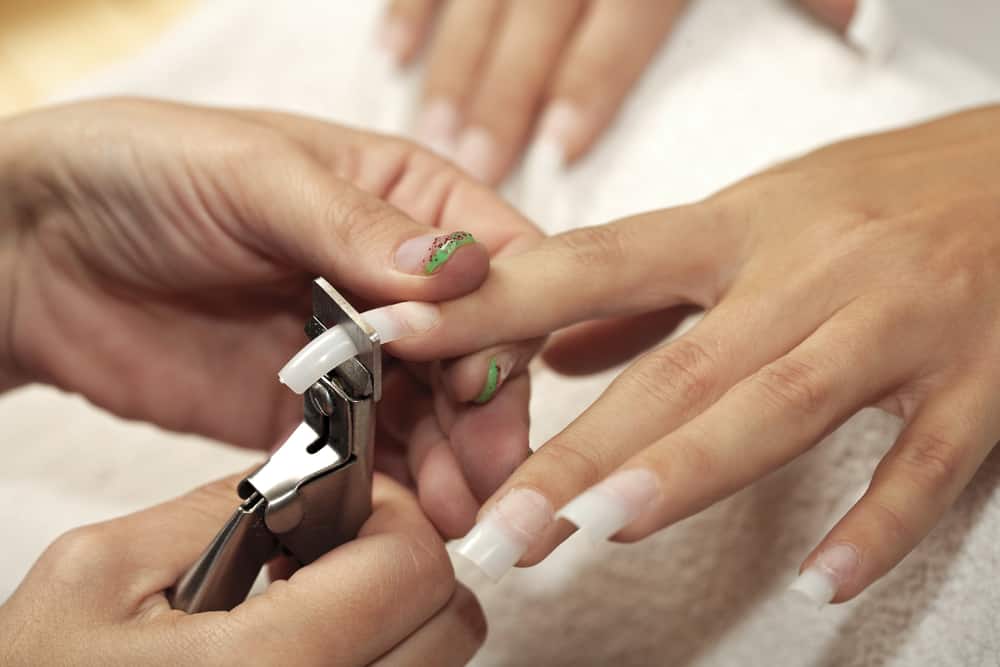
The first step in removing acrylics is to trim off any long bits and buff away any remaining polish. It is the first step to learn how to get acrylic nails off. The process, however, will make snipping the nails a breeze. It’ll let the acetone penetrate deeper.
Instructions:
- Reduce the length of your manicured acrylic nails as much as you can with a good set of clippers. You must accomplish without harming the natural nail or cutting the nail bed.
- You can easily remove conventional nail polish from artificial nails by soaking the nails in acetone nail paint remover. Acetone, a common ingredient in nail polish removers, improves their efficacy. Nonetheless, acetone-free removers also function. Remove gel polish by filing your nails with a coarse-grit side.
- Keep filing the nail lightly until all of the shine is gone. How to get acrylic nails off depends on how well you avoid over-polishing the acrylic. Your fingernails may become brittle and damaged as a result. As a rule of thumb, you should let the acrylic completely cover your natural nails. The acetone immersion will finish the job.
First Technique: Foiling
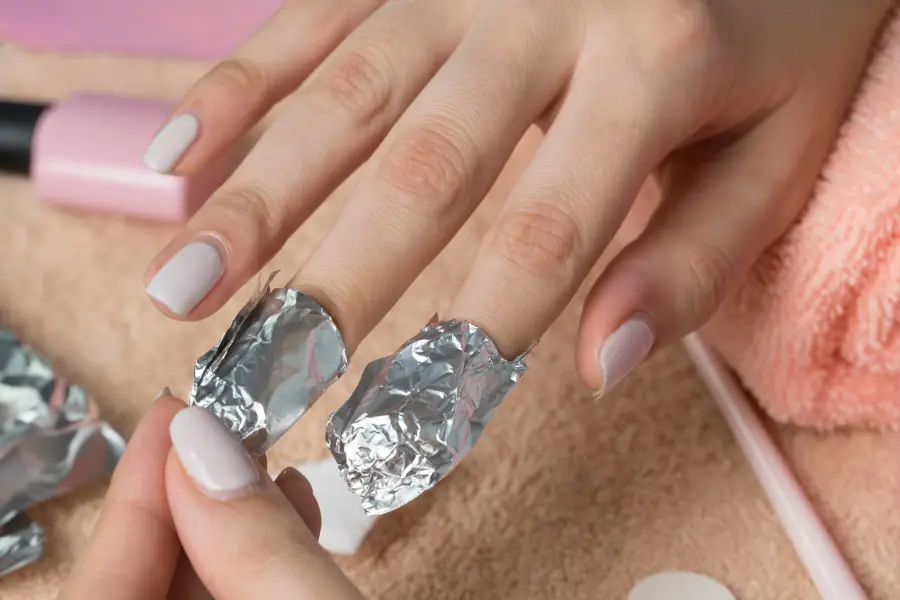
It might be nerve-wracking to experiment with acetone at yourself. It’s a potent compound with a powerful odor. It has the potential to weaken and dry out your fingernails However, as we’ve seen, many “gentler alternatives” are unsafe when used to remove acrylic materials. They can be unpleasant to use and do little to no good. Using acetone is risk-free as long as you take the proper precautions. It’s the finest option we have in every respect.
You can use acetone to remove artificial nails in two distinct manners. The easiest is the foil approach when you search for how to get acrylic nails off. This is the approach that beauticians typically take. This method ensures that acetone has minimal contact with the skin. Taking your time and paying attention to detail will pay off while having those acrylics securely removed in little time anyhow, despite the complexity.
Instructions:
- To use acetone, dampen a cotton swab in it. Apply it over your natural nail bed with an acrylic layer over it. Cover the entire surface. Securely wrap it in a square of tin foil. Using your less primary hand to execute this may be more difficult, so go slowly. Having someone present to assist you can greatly simplify matters. If you want to do this alone, we recommend taking a single hand at each step to reduce the likelihood of making a mistake.
- After finish wrapping your nails, give each one a little squeeze. The goal is to test for the presence of acetone drippings. By doing so, you can gauge whether or not the cotton ball has absorbed enough acetone. Now, soak your nails for at least ten minutes. Acrylic that hasn’t dissolved after 10 minutes of soaking can be left in for as long as twenty minutes. You can speed up the process by placing a hot towel over the foil-wrapped nails. It’s significantly quicker to use warm acetone.
- Take off the foil and use a soft cloth to remove the acrylic. If any excess has hardened into a sticky substance, carefully scrape it off with a cuticle pusher. You can easily remove the remnants by using a nail file. Absorb the theme for a few minutes longer if possible. The ability to exercise patience is essential.
Second Technique: Immersing Bowls
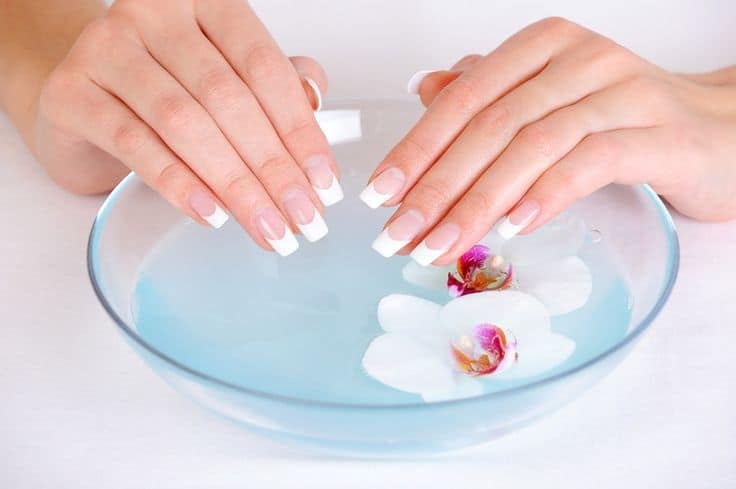
Alternative removal techniques require less physical exertion. Your skin will be more directly in contact with the acetone with this method. It has no adverse effects whatsoever. Adhere to the recommended aftercare procedures, and you should be fine.
Instructions
- First, warm up the acetone bottle by placing it in a water bowl. You could skip this step if you like. Speed up the process by applying heated acetone, as we discussed earlier.
- Second, soak your entire hand in acetone to remove the polish from your nails. Please wait around 30 minutes before using it. While they soak up, you can massage the remaining fingernails with your thumb. It aids in the relaxation of the acrylic.
- You’ll see that the acrylic has melted into a gelatinous state. To carefully remove dead skin from the nail, use a cuticle pusher. When you complete immersing, most of the liquid gets removed. Wipe your fingernails dry. Remove any tiny bits of acrylic layer with a nail file.
Soak your fingernails with water

When the removal procedure is complete, your fingernails will feel extremely dry. It is irrespective of the approach you choose when you are trying how to get acrylic nails off. You shouldn’t worry, though. You can restore their youthful appearance and feel with the correct hydrating and moisturizing creams.
Instructions
- First, run warm water over your hands once you’ve taken off your acrylics. To remove any remaining acetone compounds from your skin, wash with a mild soap.
- Slather cuticle oil all over the skin surrounding your nails. It’s a good way to keep the skin hydrated.
- Third, pay attention to whether or not your fingernails feel brittle or chipped. Choose a treatment that will fortify your nails. Use it once or twice a week on your nails. They should use gel or nail adhesives instead of acrylics until their nails have grown out sufficiently to support them.
How NOT to get acrylic nails off?

- Avoid twisting or pulling forcibly to remove acrylic nails. This practice might harm or even hurt natural nails.
- When you remove acrylic nails, you may also remove layers of the original nails, which can lead to nail thinning and weakness.
- Take care not to damage the nail bed by using dull implements. When removing acrylic nails, blunt devices, such as scissors or metal utensils, are recommended. Your healthy nails and tips could suffer severe damage if you use these.
- There’s no need to remind you not to gnaw or nibble off acrylic nails; doing so can cause serious harm to your fingernails as & cuticles.
- The use of powerful chemicals, like acetone, in large quantities or for a long period duration should be avoided. Nails and cuticles are particularly vulnerable to drying out and damage from these.
- Do not rush the removal of acrylic nails, as doing so increases the likelihood of damaging the natural nails underneath.
- Avoid damaging your natural nails by ignoring them after having acrylics removed. Maintaining healthy, moisturized nails and cuticles requires regular use of moisturizing lotion.
As previously mentioned, removing artificial nails may be a tricky business, so if you aren’t sure what you’re doing, it’s usually best to see a qualified nail stylist.
Things to Consider After Removing Acrylic Nails
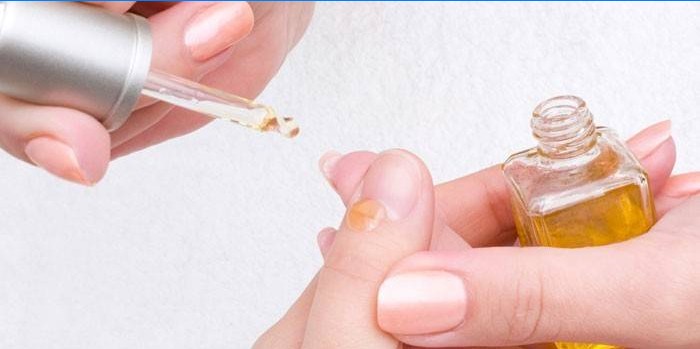
Take care of your natural nails now that you’ve removed your acrylics. If you follow these guidelines, you may remove your acrylics with confidence knowing that you’ll be left with strong, healthy nails.
- Some dust may remain when you take off your acrylics. Polish the tips and margins of your fingernails with a glass fingernail file. This will prevent your nails from becoming rough and snagging on fabric, skin, or other soft materials.
- Nail beds and cuticles benefit from cuticle balm. Your cuticles, like the rest of the fingernail bed, will benefit from a generous application of cuticle oil. It is a must-have whether you regularly remove the polish or not. To help keep the cuticles and fingernails nice and moisturized, cuticle balm must be applied before, throughout, and following a manicure.
- You probably already have a sufficient supply of hand cream, as it is a very useful personal care item to have on hand at all times, but if you don’t, now is a fantastic opportunity to purchase so. Applying a thick layer of moisturizing cream/moisturizer after carefully removing the acrylic nails seems essential, as an acetone color removal agent (and often non-acetone too) can leave your hands feeling parched.
Final words
Acrylic nails are a quick and simple way to upgrade your look, but they may be a pain to take off. However, if you know how to get acrylic nails off, removing them can be a relatively painless operation. Wait seven days following taking off your acrylic nails to give your natural nails time to recover before applying a new set. To do this properly if you are not an expert, you should set aside at least one hour of your time for it. It’s not unachievable, but you will need to go slowly and patiently to protect your nails.
Arpita Das Gupta hails from the City of Taj Mahal, Agra; decided to become a full-time writer after quitting her job at a multinational organisation to pursue her dream. For the last six years, she has written on many aspects of modern life. Has a passion for writing about wellness, nutrition, culinary cultures, and everything in between. Also attended Integral University in Lucknow, where she earned a Bachelor of Technology degree in Electronics and Communications. Reading, traveling, trying out new recipes, and spending time with her kid are some of the favorite things to do.

